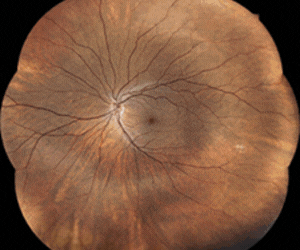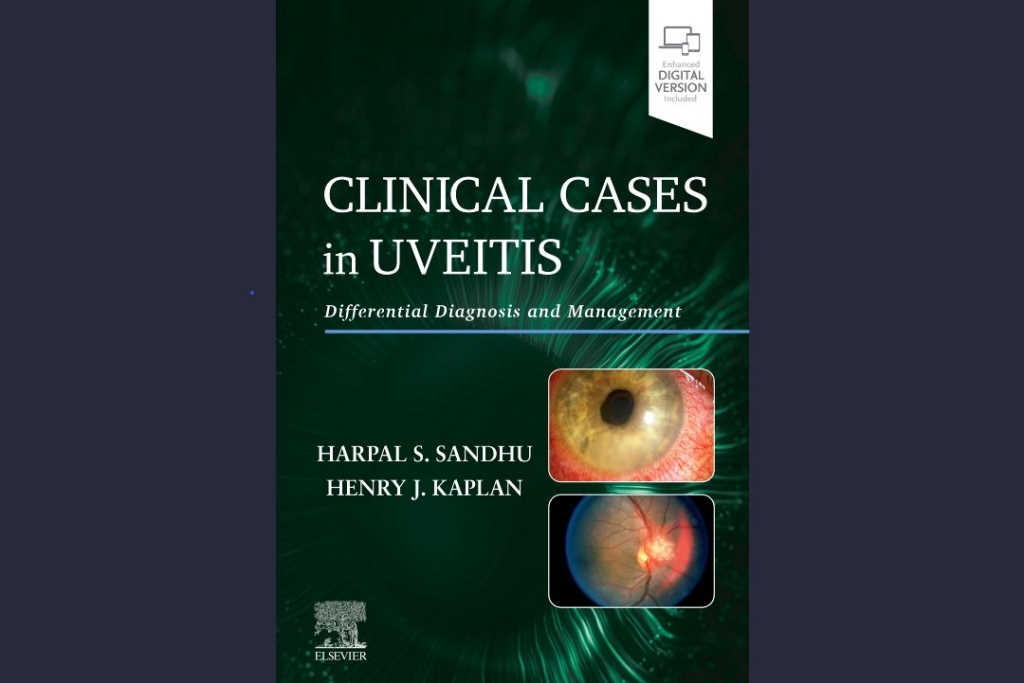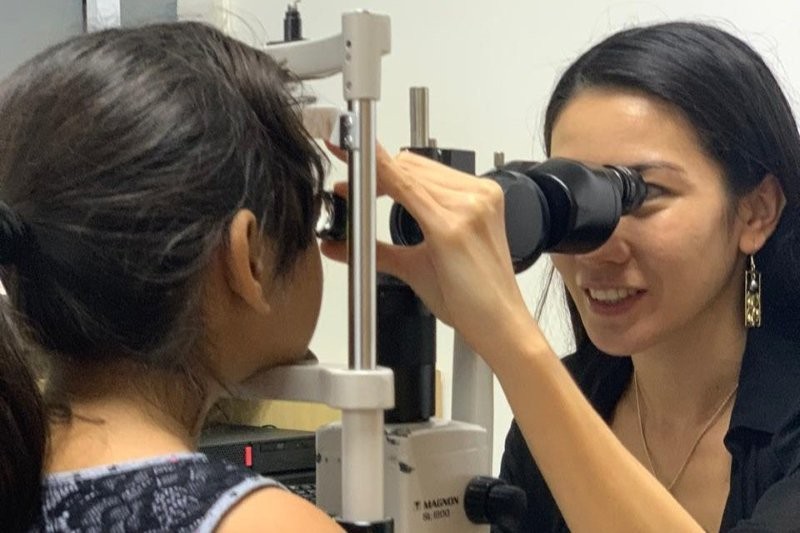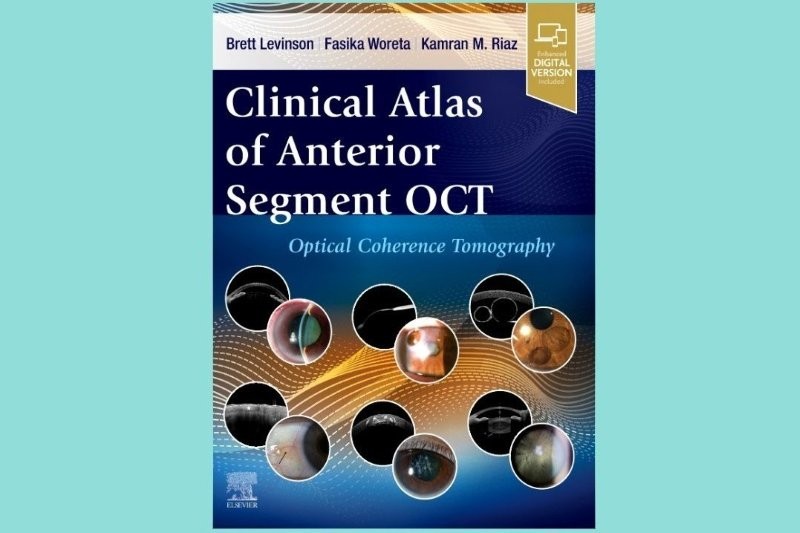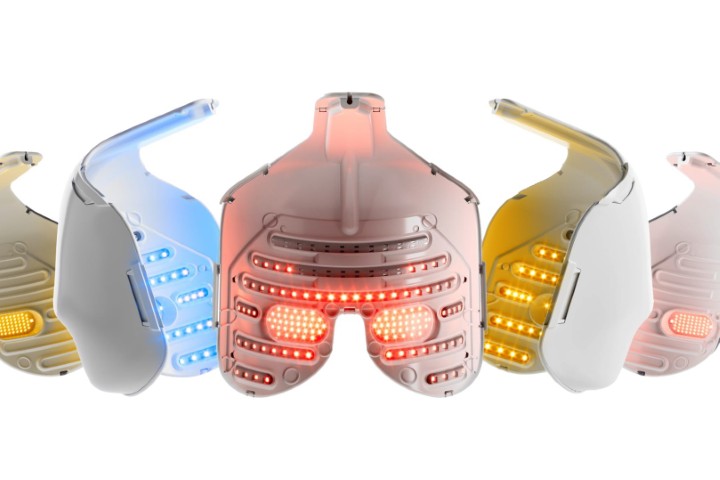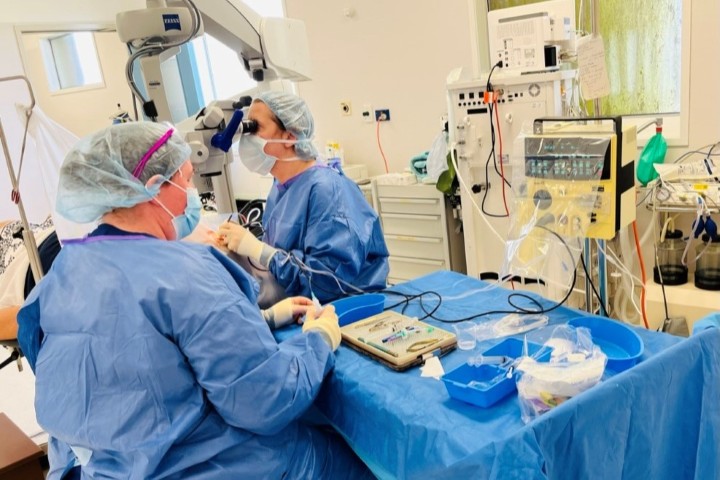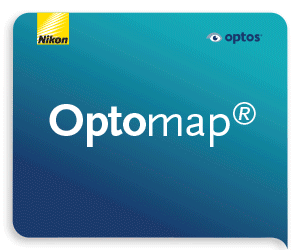BOOK REVIEW: Clinical cases in uveitis By Harpal Sandu and Henry Kaplan
Uveitis presentations can be complicated and daunting, particularly for junior clinicians. While trying to determine the anatomical classification and extent of intraocular inflammation – namely vitritis and posterior uveitis – we are challenged to consider a plethora of differential diagnoses and aetiologies. This textbook, Clinical Cases in Uveitis, is an excellent guide, providing a structured framework for assessing uveitis patients as they present in different ways.
The true highlight of this text is its case-based structure. Each of the 80-plus chapters represents a diagnosis and is organised by ‘history of presenting illness’, ‘questions to ask’, ‘assessment’, ‘differential diagnosis’, ‘working diagnosis’, ‘testing’, ‘management’ and ‘follow-up’. Some conditions also include a management algorithm, providing a clear pathway for necessary investigations and treatment. At the end of each chapter, there are succinct bullet points explaining key aspects for learning. Clearly written for clinicians, it reflects the sequence of events in a patient’s presentation as well as the clinician’s thought process. Such a layout allows for translatable learning and provokes me to consider each case as though I am reviewing the patient myself.
I also geatly appreciated the wide range of uveitic diseases described in this textbook – from acute anterior uveitis through to endogenous endophthalmitis and Vogt-Koyanagi-Harada disease. The text guides critical assessment of these often complex cases, with the greatest detail on pertinent history-taking and examination findings, rather than the pathophysiology or background of the condition itself. The combination of simplified clinician-centred structure and varying case complexity means that both junior and experienced clinicians can benefit from this book.
Available both in print and as an eBook via Elsevier, the book is also very user-friendly. Whether in the acute eye clinic or in a uveitis clinic, I can look up the uveitis diagnosis by chapter (eg hypopyon uveitis or acute retinal necrosis) and review the suggested questions to ask the patient, or the suggested investigations. The text is supplemented with high-quality colour images of fundus photographs, optical coherence tomography of the macula, as well as indocyanine green chorioangiography and fluorescein angiography; these are especially helpful when referring to this book during clinic to compare real-life cases.
In summary, Clinical Cases in Uveitis provides a case-based approach for learning and testing knowledge on a wide spectrum of uveitic conditions. Its focus on the clinician’s assessment of complex presentations renders it a valuable resource in both the junior and experienced ophthalmologist’s clinical library.
Dr Haya Al-Ani is a clinical research fellow at the Department of Ophthalmology, Auckland University, and works at Greenlane Clinical Centre, Auckland, New Zealand.






